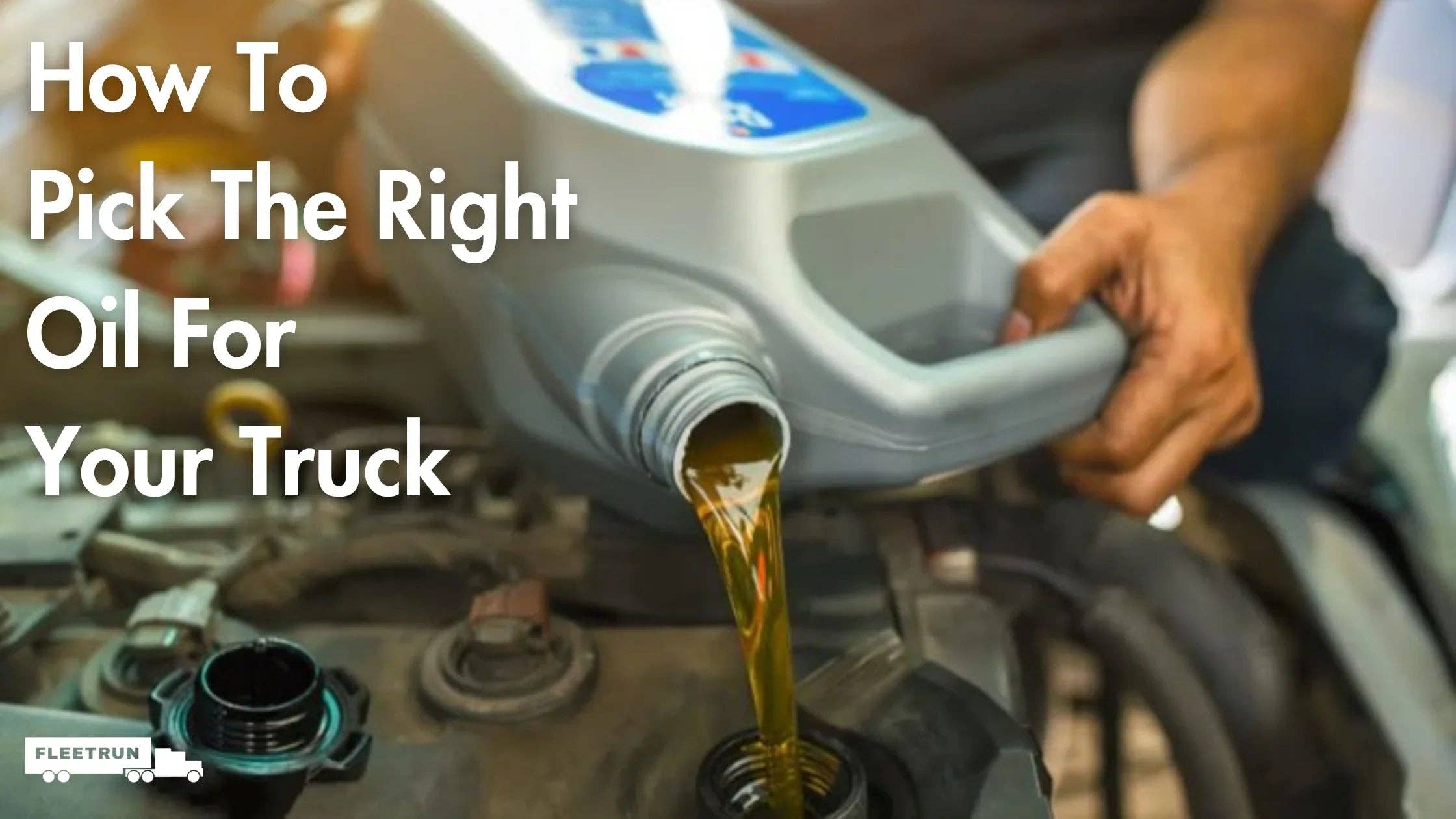How To Pick The Right Oil For Your Truck
Engine health is vital for a well-functional semi-truck, as we agreed in a previous blog post, and among other factors, we mentioned the importance of choosing the right type of oil. The oil keeps every part of your engine running smoothly and prevents early wear and tear, so changing it...
Top 5 Fuel Efficiency Tips for Long-Haul Truckers
As with any business, keeping your costs low to increase your profit margins is a priority. Truckers spend a lot of money on parts, oil changes, and some of them spend on software that they use. However, these operational costs are secondary to the main cost that keeps a truck...
How To Prepare Your Semi-Truck for Summer
As the summer heat continually blasts us - without any signs of stopping soon - we realize how good of a friend an AC system or a good tree’s shade can be. While we have many options to avoid the scorching sun, our trucks don’t have that luxury and need...



